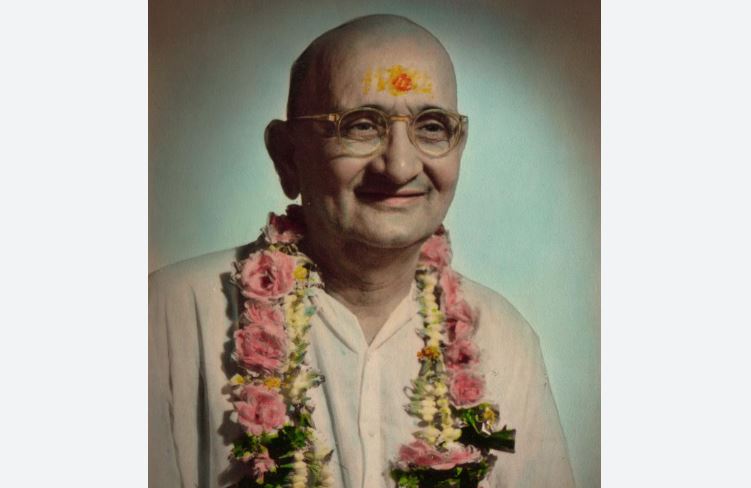
Shawn Radcliffe
From the comfortable seat of our bodies (and built-in brains), it’s easy to think that consciousness is a unique property of humans. But some philosophers argue that the entire universe is conscious, or to put it more broadly: that there is only cosmic consciousness.
This solves the problem of where consciousness comes from, but it leaves other lingering dilemmas — such as why do people have private consciousnesses that are less-than cosmic-sized? And if you and I are part of the same cosmic consciousness, why can’t I read your thoughts simply by shifting the focus of my attention?
In a paper published in the Journal of Consciousness Studies, philosopher and author Bernardo Kastrup tackles these questions by using the analogy of dissociative identity disorder (DID), what was once known as multiple personality disorder.
Kastrup starts with the premise that cosmic consciousness is everything. The material environment, along with the properties of matter, are physical manifestations of the thoughts and feelings of this consciousness. These are the “revealed” and “concealed” aspects of the cosmos, respectively.
He then argues that all living organisms, including people, are dissociated alters of the cosmic consciousness. This is similar to how people with DID can have multiple personalities — or alters — coexisting within the same psyche. In both cases, the alters are part of the whole.
And like the cosmic consciousness itself, the alters have both a concealed aspect (thoughts and feelings) and a revealed aspect (physical body, metabolism, senses, etc.).
Kastrup writes that all alters are separated from the rest of the cosmic consciousness — while still being part of it — by a dissociation boundary. Unlike the boundaries of inanimate objects, the boundaries of living organisms are not arbitrary.
Take a mug, for example: whether the handle of the mug is an integral part of its “mug-ness” is an arbitrary decision. You could just as easily have a mug without a handle.
But with living organisms, our boundaries coincide with where we perceive our body to end. We can perceive photons that strike our retinas or our skin, but not those that strike a wall or chair. We also can’t decide that one part of our skin is not integral to our body the way we decide a handle is not integral to a mug.
Likewise, we can will the parts of our body to move. But we can’t will the bodies of other living organisms (alters) to move. This is part of what makes us distinct from each other.
The dissociative boundary is so strong — along with our ego and I-ness — that we see ourselves as distinctly separate from the cosmic consciousness. But this, according to Kastrup, is only an illusion.
Kastrup writes that alters are like islands immersed in a single ocean. Because we are all in the same ocean, we experience the universe in roughly the same way.
Shawn Radcliffe is a health and science writer and yoga teacher living in Ontario, Canada







